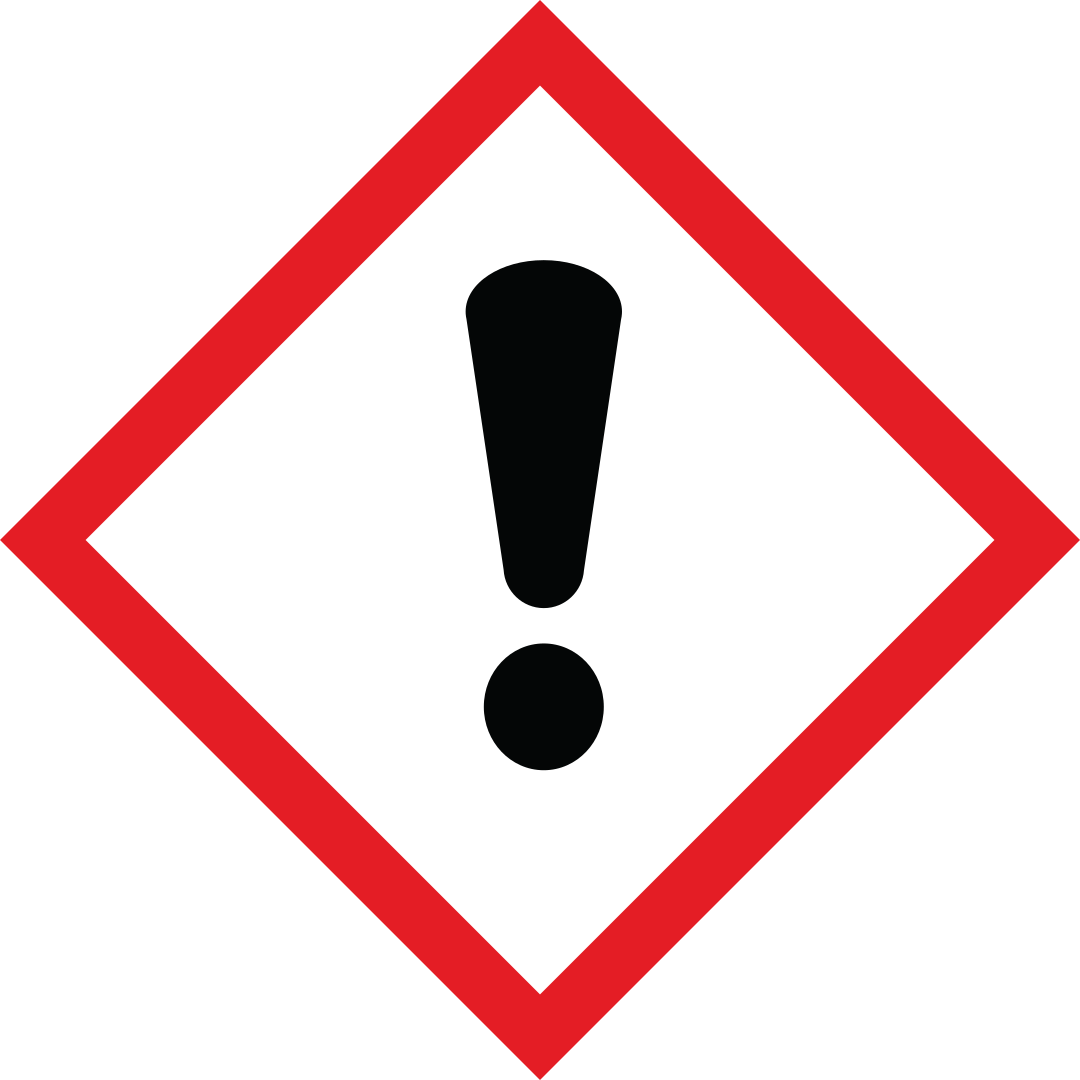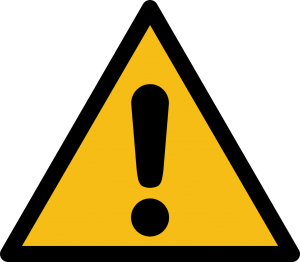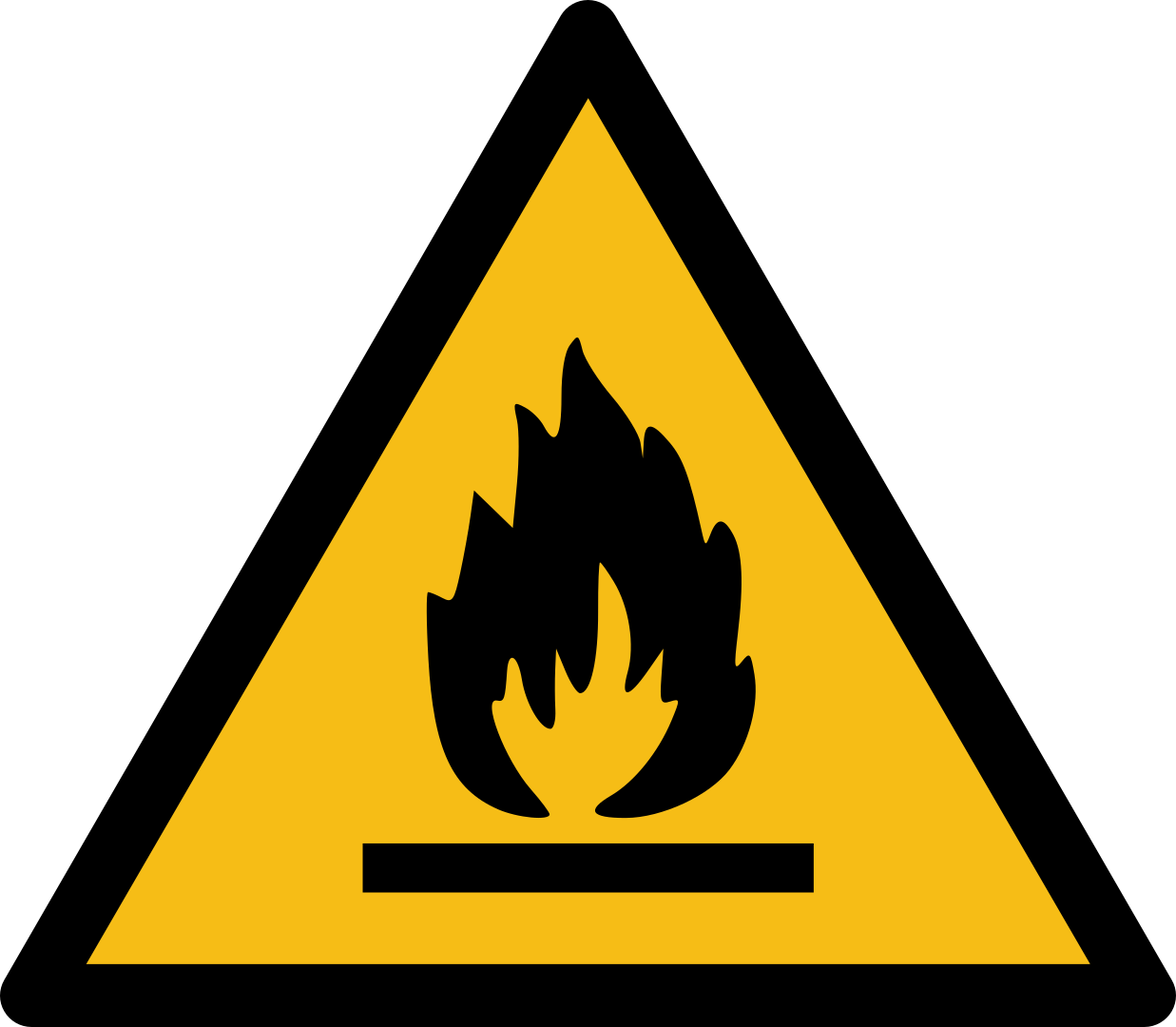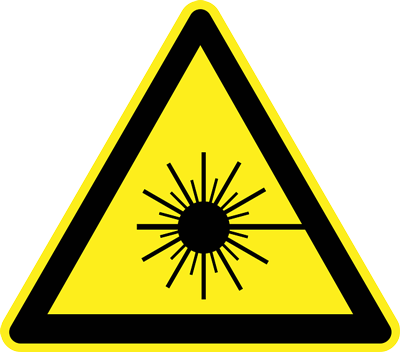You have 45 minutes to answer 50 multiple choice CSCS Test questions for Operatives and Specialists. You need to answer at least 45 out of 50 questions correctly to pass.
List of questions in above test (quick view). Click question box to reveal correct answer.
1. What does a permit to work allow?
Give one answer
AB
C
D
Correct Answer: A
2. Why is it your employer's legal responsibility to discuss matters of health and safety with you?
Give one answer
AB
C
D
Correct Answer: A
3. A scaffold has collapsed and you saw it happen. What should you say when you are asked about the accident?
Give one answer
AB
C
D
Correct Answer: B
4. When must you record an accident in the accident book?
Give one answer
AB
C
D
Correct Answer: A
5. If someone is injured at work, who should record it in the accident book?
Give one answer
AB
C
D
Correct Answer: C
6. Where should accidents that cause any injury be recorded?
Give one answer
AB
C
D
Correct Answer: B
7. If you have a minor accident, who should report it?
Give one answer
AB
C
D
Correct Answer: D
8. What should not be in a first-aid box?
Give one answer
AB
C
D
Correct Answer: D
9. Someone has fallen from height and has no feeling in their legs, what should you do?
Give one answer
AB
C
D
Correct Answer: A
10. If someone is in contact with a live cable, what should you do first?
Give one answer
AB
C
D
Correct Answer: D
11. What should you use to clean very dirty hands?
Give one answer
AB
C
D
Correct Answer: B
12. What are two ways of reducing the risk of transferring hazardous substances from your hands to your mouth?
Give two answers
AB
C
D
E
Correct Answer: B, E
13. Which of the following species of animal is the most likely carrier of Weil's disease (leptospirosis) on construction sites?
Give one answer
AB
C
D
Correct Answer: C
14. How can everyone on site help keep rats away?
Give one answer
AB
C
D
Correct Answer: B
15. Do all types of glove protect hands against chemicals?
Give one answer
AB
C
D
Correct Answer: A
16. You are planning work that needs to use a power tool to cut or grind materials. Give two ways to control the dust.
Give two answers
AB
C
D
E
Correct Answer: A, D
17. What should you not do when sweeping up after drilling, cutting, sanding or grinding?
Give one answer
AB
C
D
Correct Answer: D
18. Can the damage by exposure to noise over a long period of time be reversed?
Give one answer
AB
C
D
Correct Answer: A
19. What health problem can be caused by hand-arm vibration syndrome (HAVS)?
Give one answer
AB
C
D
Correct Answer: B
20. If you see either of these labels on a substance what should you do?
Give one answer


B
C
D
Correct Answer: B
Explanation:
Explanation:
21. What is the main reason for ensuring safe manual handling techniques in the workplace?
Give one answer
AB
C
D
Correct Answer: C
22. You are using a trolley to move a heavy load a long distance but a wheel comes off. What should you do?
Give one answer
AB
C
D
Correct Answer: D
23. You need to lift a load that is not heavy, but it is so big that you cannot see in front of you. What should you do?
Give one answer
AB
C
D
Correct Answer: A
24. You have to get something from the back of a van but it's too far inside to handle. What should you do?
Give one answer
AB
C
D
Correct Answer: A
25. What does this sign mean?
Give one answer

B
C
D
Correct Answer: D
26. What does this sign mean?
Give one answer

B
C
D
Correct Answer: B
27. What does this sign mean?
Give one answer

B
C
D
Correct Answer: D
Explanation:
Explanation:
28. How would you expect to find out the location of the fire assembly point?
Give one answer
AB
C
D
Correct Answer: C
29. Where should you go if you hear the fire alarm?
Give one answer
AB
C
D
Correct Answer: A
30. A foam extinguisher, identified by a cream band, should not be used on what two types of fire?
Give two answers
.png)
B
C
D
E
Correct Answer: A, C
31. Which two extinguishers should not be used on electrical fires?
Give two answers
AB
C
D
Correct Answer: C, D
32. What should you do if an extension cable has a cut in its outer cover?
Give one answer
AB
C
D
Correct Answer: D
33. What are the two main functions of the guards on cutting and grinding machines?
Give two answers
AB
C
D
E
Correct Answer: C, E
34. What should you do if you need to use a power tool with a rotating blade?
Give one answer
AB
C
D
Correct Answer: A
Explanation:
Explanation:
35. Which of the following statements about power tools is true?
Give one answer
AB
C
D
Correct Answer: D
36. You have been asked to dig to expose power cables. You have been given a cable avoiding tool (CAT) to detect them but you haven't been shown how to use it. What should you do ?
Give one answer
AB
C
D
Correct Answer: D
37. When you walk across the site, what is the best way to avoid an accident with mobile plant?
Give one answer
AB
C
D
Correct Answer: B
38. You are walking across the site. A large mobile crane reverses across your path. What should you do?
Give one answer
AB
C
D
Correct Answer: D
39. When can a mobile plant operator let people ride in, or on the machine?
Give one answer
AB
C
D
Correct Answer: B
40. Which document must be supplied when an item of lifting equipment is delivered?
Give one answer
AB
C
D
Correct Answer: D
41. What should you do if you find a ladder that is damaged?
Give one answer
AB
C
D
Correct Answer: A
42. What is the best way to stop people falling through voids, holes or fragile roof panels?
Give one answer
AB
C
D
Correct Answer: D
43. What is the safest way to get into and out of a deep excavation?
Give one answer
AB
C
D
Correct Answer: C
44. What is the main reason for having a person positioned immediately outside a confined space whilst work is taking place inside it?
Give one answer
AB
C
D
Correct Answer: C
45. What might happen if the level of oxygen drops below 8% in a confined space?
Give one answer
AB
C
D
Correct Answer: B
46. You are in a deep trench and start to feel dizzy. What should you do?
Give one answer
AB
C
D
Correct Answer: C
47. According to the guidance on underground service pipes, what does a yellow service pipe carry?
Give one answer
AB
C
D
Correct Answer: B
48. Which two actions could help minimise waste?
Give two answers
AB
C
D
E
Correct Answer: C, D
49. Which of the following should be disposed of as hazardous waste?
Give one answer
AB
C
D
Correct Answer: C
50. You would like to store a pallet of bricks in a space under a tree, what should you do?
Give one answer
AB
C
D
Correct Answer: A

.png)
.png)
.png)